New Resource Helps Share the Story of Alaska’s Fishing Families
The Alaska Seafood Marketing Institute (ASMI) has released a new resource, titled “Like Their Fathers Before Them.” This 10-page brochure, designed for foodservice operators, shares the stories of four families who make their living fishing for Alaska’s wild seafood.

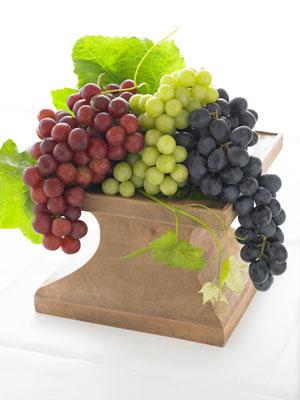 Create The Best Recipes with Fresh Grapes from California and Win!
Create The Best Recipes with Fresh Grapes from California and Win!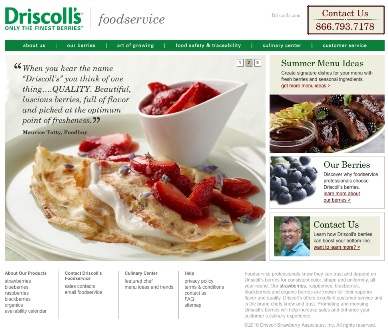 Driscoll Strawberry Associates, Inc. announced the launch of its new foodservice Web site (
Driscoll Strawberry Associates, Inc. announced the launch of its new foodservice Web site (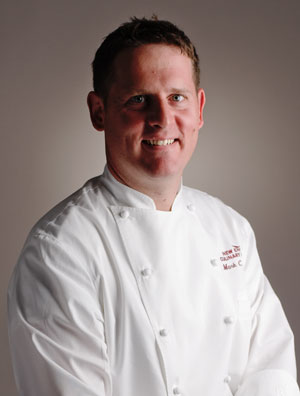 When it comes to quality of guest service, the smallest example can make the biggest impression.
When it comes to quality of guest service, the smallest example can make the biggest impression.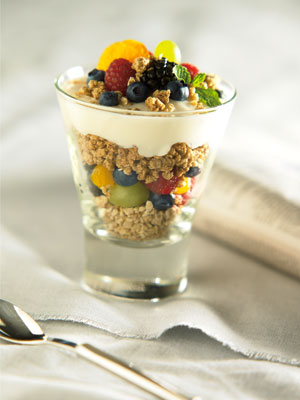 They’re easy to include, but hard to find.
They’re easy to include, but hard to find.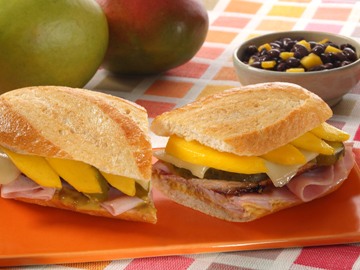 Because everyone grew up eating sandwiches, students will inevitably view sandwich-making as a life skill they have already mastered. This is where the teaching challenge lies.
Because everyone grew up eating sandwiches, students will inevitably view sandwich-making as a life skill they have already mastered. This is where the teaching challenge lies.